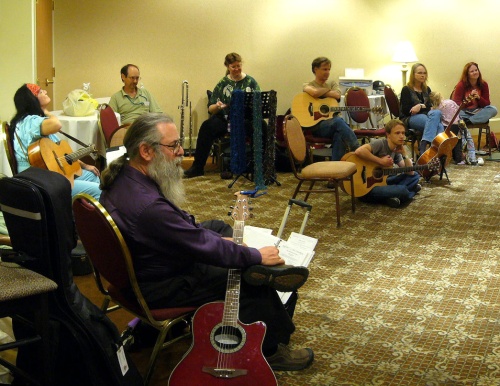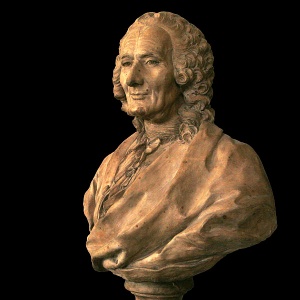While they existed in the 1950s, filksongs—songs sung by North American science fiction fans at their conventions—came into their own in the 1970s. Most fans learn these songs orally, and many copy them into notebooks, as some traditional singers have done with their repertoires.
Filksongs fall into three groups: parodies of traditional songs, nonparodies set to familiar tunes, and songs whose texts and tunes are both original. The texts may be about general science-fiction topics; specific films, shows, or books; or the joys and sorrows of fandom.
This according to “Filksongs as modern folk songs” by Edith Fowke (Canadian folk music bulletin/Bulletin de musique folklorique canadienne XXIII/2 [June 1989] pp. 3–7). Below, a brief documentary about filking.











